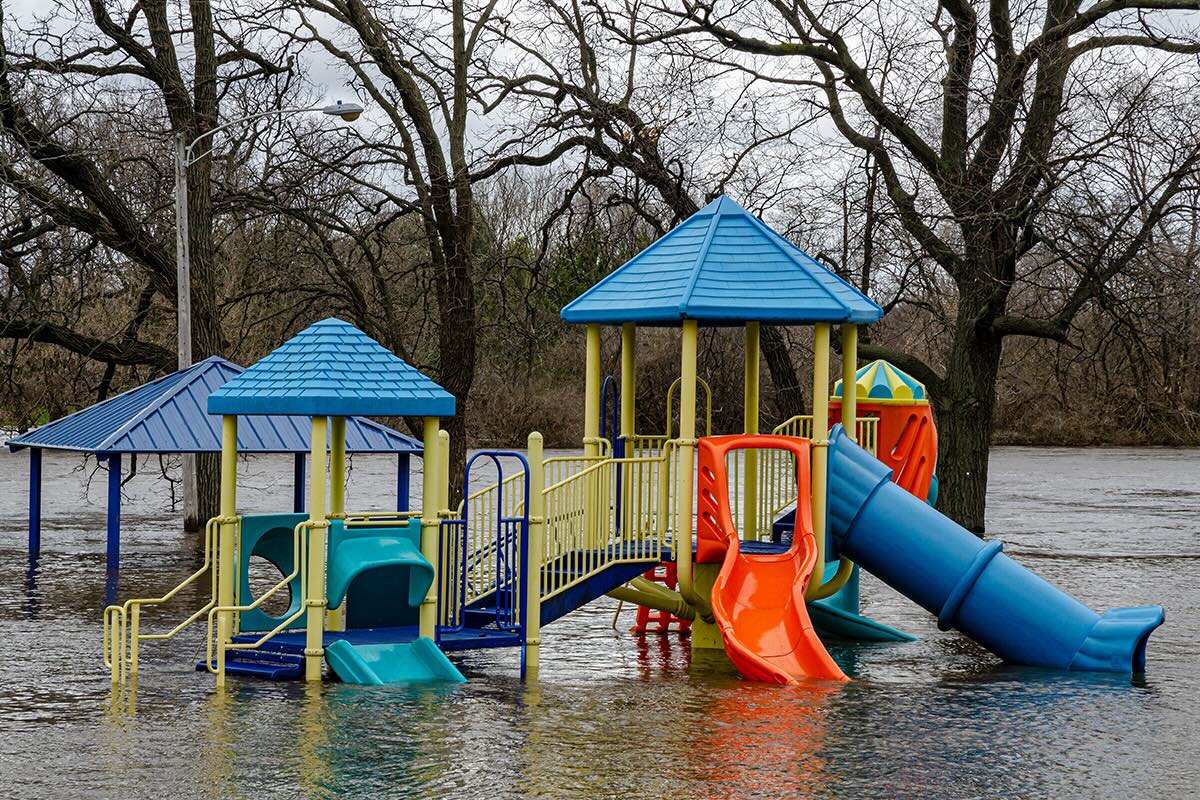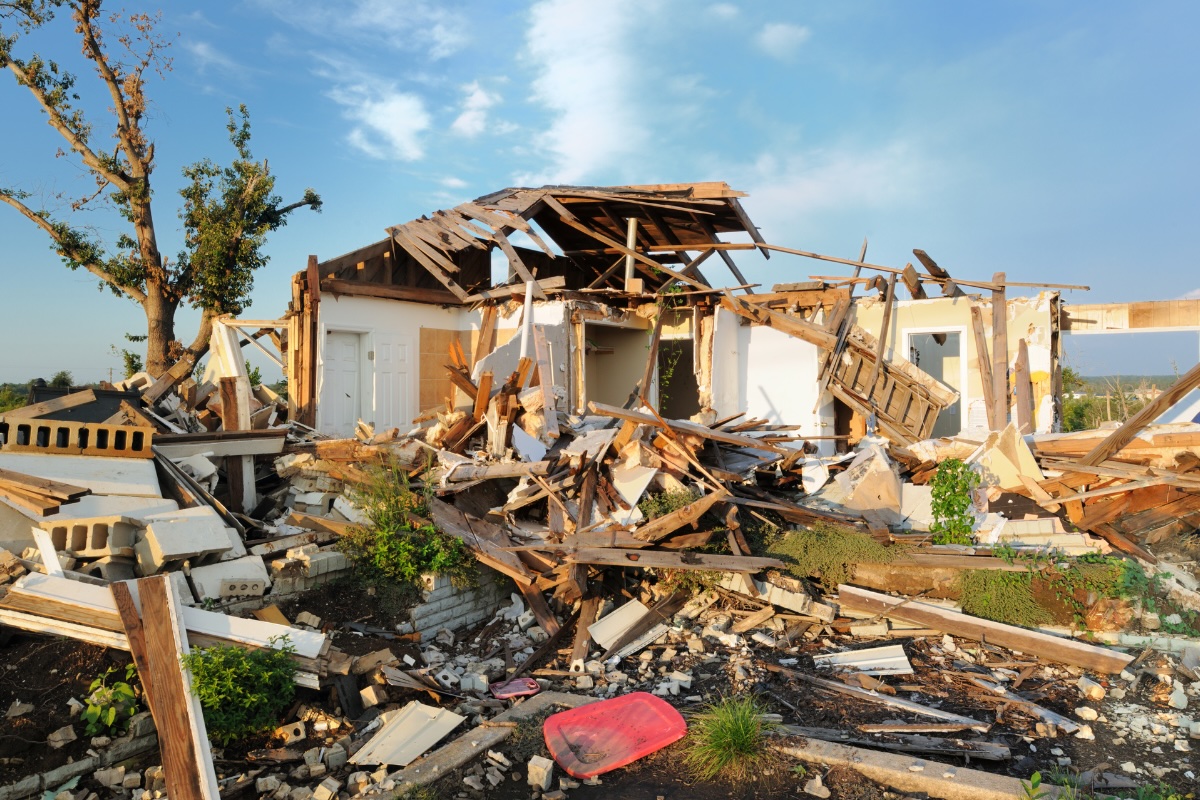Squirrels in Texas are "splooting" earlier than usual this year in response to soaring temperatures. While the instinctive sprawl may be downright adorable, its early appearance is a warning sign of the growing impact of pollution-driven climate shifts on wildlife.
What's happening?
Outdoors reported that squirrels are beating the unseasonable Texas heat by splooting on soil or shaded sidewalks. Also known as "heat dumping," this instinctual belly-down sprawl allows an animal to cool down by maximizing its body's contact with a cool surface in extreme heat.
Splooting season came early this year
— Texas Parks & Wildlife (@TPWDnews) May 13, 2025
Parts of Texas are facing triple digits.
DON'T MESS WITH TEXAS HEAT!Hydrate
Limit outdoor activities
Look after loved ones
Check on pets
More from @TDEM --> https://t.co/gjdkyXsDC6 pic.twitter.com/8cORRZmIuK
Other animals — such as bears, dogs, and rabbits — also pancake out on their bellies to beat the heat.
"They're trying to find a cool space, and if they can put as much of their core body on to a cool space, then the heat is going to transfer from their bodies to the other surface," Sunny Corrao, a representative from the New York City Department of Parks and Recreation, told NPR of splooting.
Texas Parks & Wildlife reported sightings of squirrels splooting as early as mid-May in response to scorching heat, which is much earlier than usual for the behavior.
"Splooting season came early this year," Texas Parks & Wildlife recently posted on X. "Parts of Texas are facing triple digits. Don't mess with the Texas heat!"
Watch now: Giant snails invading New York City?
Why is early splooting important to understand?
Early splooting reflects unusually high temperatures in Texas that can be directly attributed to pollution-fueled climate shifts. Even though heat dumping is instinctual, it doesn't mean that splooting animals are comfortable or thriving in the heat — only that they're coping the best they can.
The behavior is a clear, visible example of how wildlife is being forced to adapt to environmental stress. If extreme heat persists, squirrels and other animals face serious risks like dehydration and heat exhaustion.
Splooting is a coping mechanism, not a long-term solution to high temperatures. And the behavior being spotted early is a clear warning about the concerning impacts of planet-warming pollution on wildlife.
What's being done about splooting wildlife?
By simply sharing information about this behavior, Texas Parks & Wildlife is helping raise public awareness about a lesser-known way wildlife respond to extreme heat. This kind of education can help people better understand — and support — animals dealing with climate-related stress.
|
Do you worry about air pollution in and around your home? Click your choice to see results and speak your mind. |
If you see a squirrel or another wild animal splooting, the best thing to do is give them space to relax and cool down. To lend a hand without interfering, experts recommend placing shallow dishes of clean, cool water in shaded areas where animals tend to rest. This can help wildlife stay hydrated during extreme heat without disturbing their natural behaviors. Though providing water is helpful, it's important to always avoid feeding wildlife, as this can disrupt their natural foraging.
If you see an animal that appears lethargic, unresponsive, or shows signs of heat-related distress, contact your local wildlife organization for assistance. Intervention by trained professionals could help save an animal from heat exhaustion or dehydration.
Join our free newsletter for good news and useful tips, and don't miss this cool list of easy ways to help yourself while helping the planet.


 Join a group of concerned mothers, fathers, and caregivers by signing petitions to fight for children's health
Join a group of concerned mothers, fathers, and caregivers by signing petitions to fight for children's health














